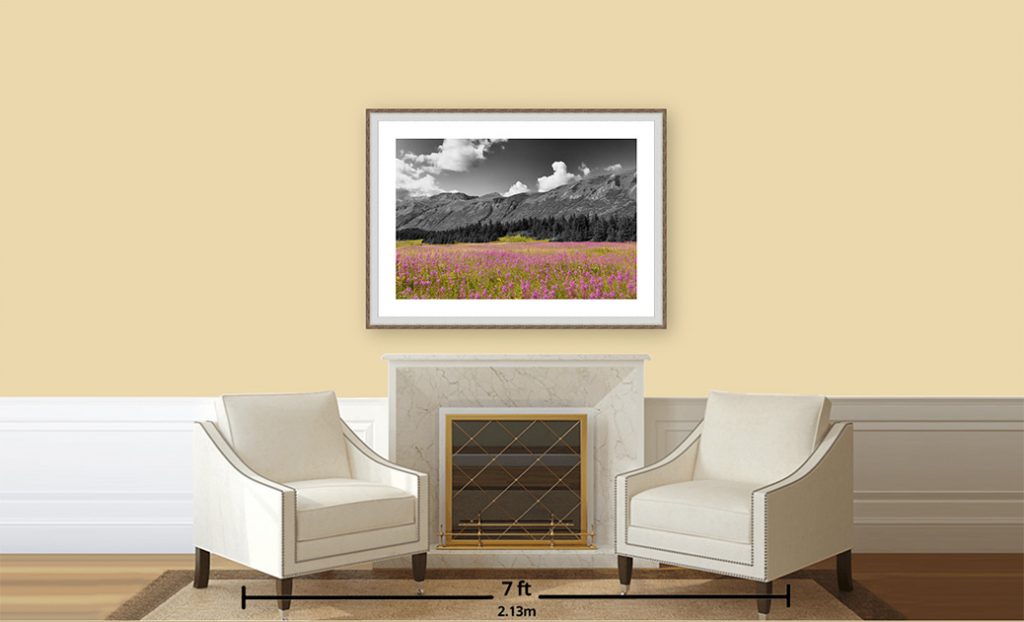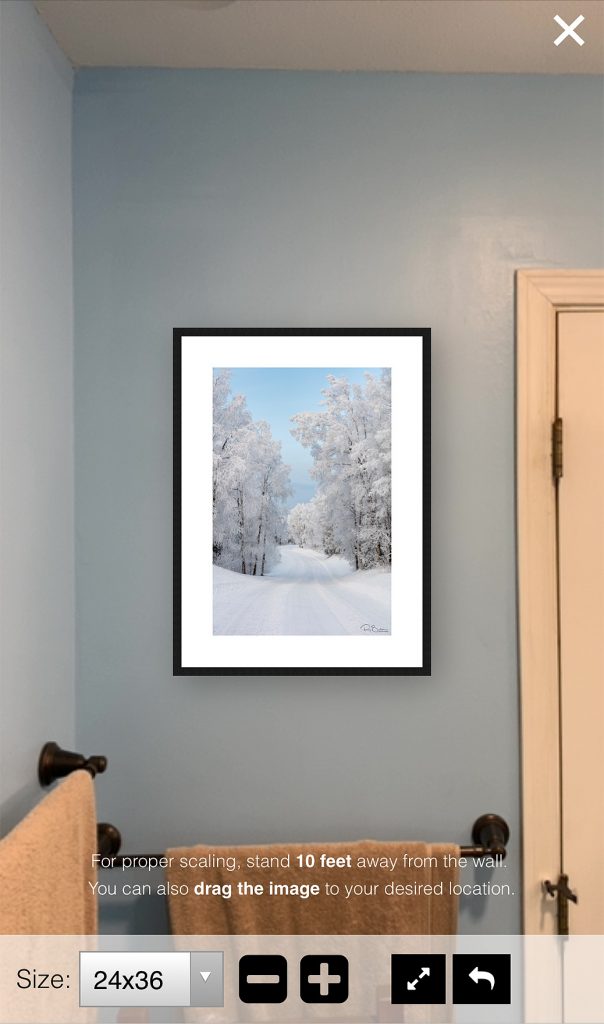
I’ve had two websites for many years. My primary website at raybulson.com displays 80 continually updated images and is intended to showcase my fine art nature photographs, primarily landscapes. This website has no e-commerce capability for selling prints, however. The second website, rbulson.photoshelter.com, with over 4000 images, includes the fine art photography but mainly serves as a repository for stock photographs for rights-managed usage. It also has e-commerce for prints sales where I self-fulfill the order through a third party vendor. I sell prints at various venues throughout the year. When potential customers want more time to explore my offerings before deciding on a purchase, my business card directs them to the primary fine art website. Knowing that there is no e-commerce, I tell them to visit the stock photography website, or send me an e-mail, to complete orders. Seldom do I get an order with this approach. So with this blog, today marks the launch of a new website and approach to marketing my fine art photography.
The new website makes it easy for customers to not only view the photograph but also to interact with it to facilitate completing the purchase. But before I discuss these new features, a little bit of history is in order. I designed my fine art website from the ground up. By design I mean visual layout and manual HTML coding with Adobe’s Dreamweaver. At the time this achievement was quite satisfying for a former engineer who taught himself HTML. However, I am not a website designer/programmer, nor do I want to be, and that meant forgoing some of the newest and more sophisticated website tools and techniques. This brings me back to my new website. Designed in collaboration with Art Storefronts, there are two features that I think will help turn website visitors into paying customers. The first is what is called Wall Preview. After selecting the medium (paper, metal, canvas, etc.), size, framing and other options (if applicable), the customer can view what the photograph would look like in various room situations, like a sitting area as shown in the lead photograph. Other room choices include living room, bedroom, nursery, conference room, cafe, reception/lobby, and restaurant. You can also change the color of the wall to better match a color in your own setting. This addresses a common concern I often hear as to how a photograph might look framed and hanging on a wall. This technique is known as projection selling which has been shown to increase sales.

The next feature employs augmented reality (AR) and is very exciting to see in practice. AR allows a user with a smartphone to superimpose a graphic from an app on to a live view of what their camera sees. I’ve used AR in a few photography apps like PhotoPills and others, for example, to see where the sun/moon will rise or set, or the names of constellations in the sky, as the phone is moved in real time while on location. In the case of a customer wanting to know what my photo will look like on their wall the Live Preview AR feature accomplishes that. The accompanying photo shows a 24”x36” framed print of mine as it would appear on a wall in my bathroom. This eliminates the guess work and uncertainty that often hinders a customer from purchasing a print.
These are just two features — among many — that I hope will increase my sales conversion rate. If you have the time, please visit my new fine art website at raybulson.com, containing 250 photos in eleven portfolios. I’d love to hear your thoughts on how to make it even better. The website will continue to grow and evolve as I fine tune my marketing strategy. Now, if I may, I need to get out to take some more photographs!


